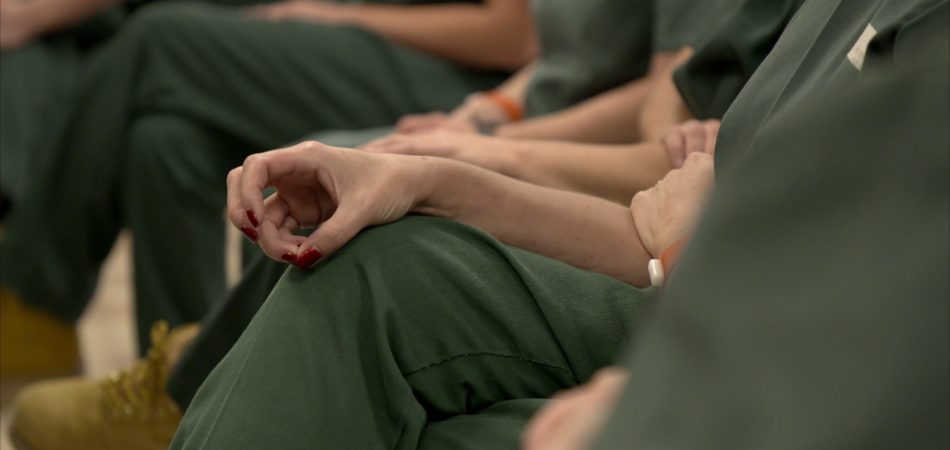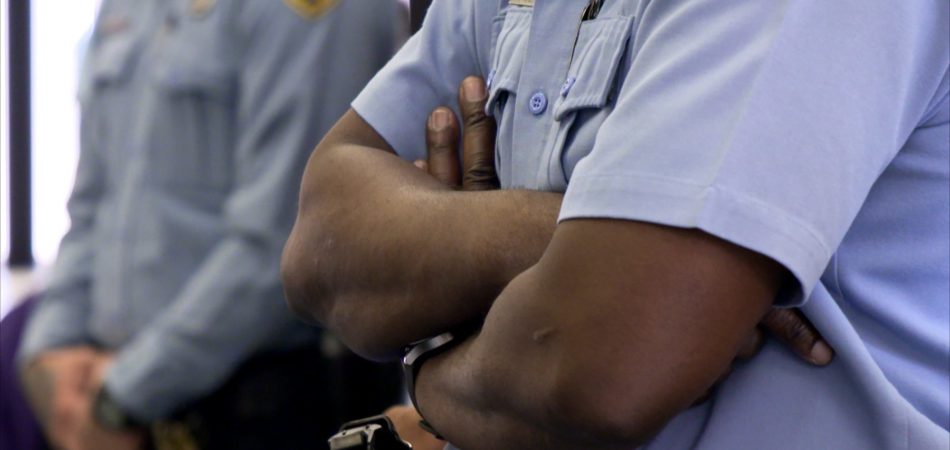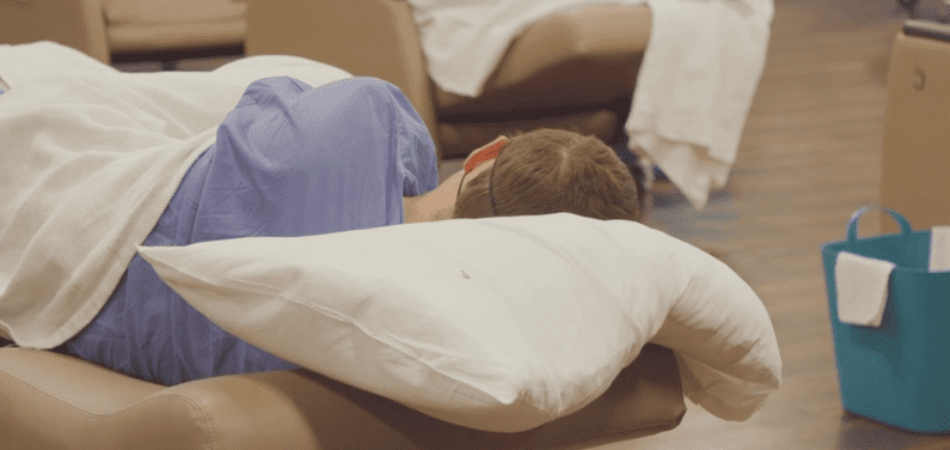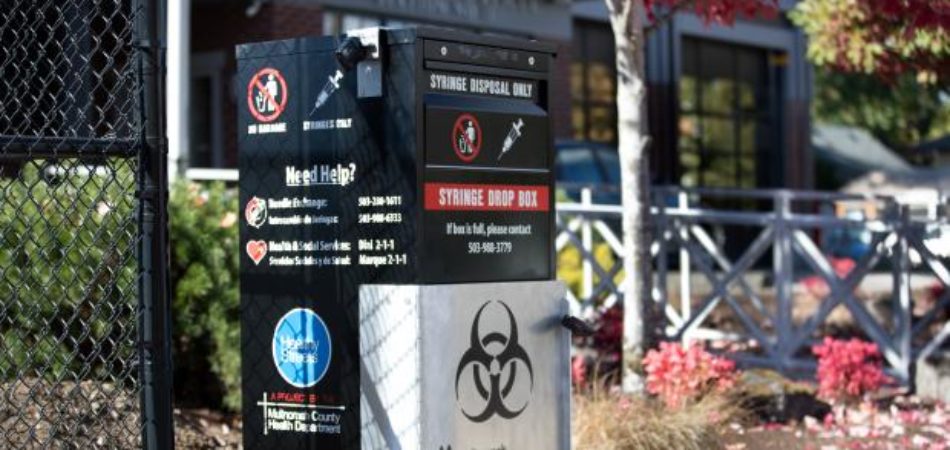Methodology: Estimating the Opportunity of the 1115 Medicaid Reentry Waivers
Purpose of the Analysis
This analysis, which accompanies our article, A “Once in a Generation Opportunity” to Improve Reentry for Nearly 2 Million People, calculates the number of people in state prisons or county jails who could receive health care through Medicaid prior to release under new federal Section 1115 Reentry Waiver rules.1 These waivers change previous policy by permitting Medicaid payment of certain health care services for people in correctional facilities before they return to their communities.
By estimating how many people will be eligible, the CSG Justice Center’s analysis helps policymakers and health care providers prepare for the expansion of Medicaid in correctional settings. It supports planning for services, budgets, and staffing as states roll out their waiver programs. These estimates are also relevant to both state and local leaders who will be considering how their resources align with existing care in both state and local facilities, as well as in the communities that people come from and return to.
How We Did It
Each state independently designs its Section 1115 waiver program, specifying eligibility criteria, enrollment timelines, covered services, and cost projections. By applying each state’s specific eligibility criteria to the incarcerated population, we derive state-specific estimates of people who would qualify for coverage under the waiver.
To understand who might qualify and what the costs could be, we used available data from each state and followed a step-by-step approach. Here’s how we broke it down:
Estimating How Many People Could Get Medicaid Before Release
We began by gathering the most recent available data on annual number of jail and prison releases by state. The latest annual data for prison releases was from 2022, while the most recent data for jail releases dated back to 2019. Given the substantial changes in jail populations and release patterns since 2019, we applied a 26 percent reduction to the annual jail release figures for each state to account for these shifts.2
Next, we looked at state-specific rules to figure out who would qualify. States set different rules for:
- Type of facility: Some waivers only apply to people in prisons, while others also include people in jails.
- Medicaid eligibility: Only people who would qualify for Medicaid outside of jail or prison can qualify under the waiver. We used national data to estimate how many people in prison or jail would meet these requirements.
- Medical or behavioral conditions: Some states limit eligibility to people with specific health issues, like mental illness, substance use disorders, HIV, or chronic diseases. In these cases, we used health data to estimate how many incarcerated people in each state have these conditions. We adjusted the numbers to avoid counting someone twice if they had multiple conditions.
We used prison and jail release data to figure out how many people are leaving correctional settings each year in each state. We then multiplied that number by the percentage estimated to meet Medicaid and medical eligibility criteria.
- In states that cover all Medicaid-eligible individuals,3 we estimated:
-
- 85 percent of prison releases would qualify for coverage
-
- 74 percent of jail releases would qualify for coverage
- In states that only cover people who are Medicaid-eligible with mental health or substance use disorders,4 we estimated:
-
- 71 percent of prison releases would qualify for coverage
-
- 76 percent of jail releases would qualify for coverage5
- In states that only cover people who are Medicaid-eligible with substance use disorders,6 we estimated:
-
- 55 percent of prison releases would qualify for coverage
-
- 59 percent of jail releases would qualify for coverage
- In states that only cover people who are Medicaid-eligible with mental health or substance use disorders or a variety of chronic health conditions,7 we estimated:
-
- 76 percent of prison releases would qualify for coverage
-
- 82 percent of jail releases would qualify for coverage8
What We Found
Across 19 states, almost 2 million people will be eligible to receive pre-release services through Medicaid each year.
| State | Eligible Prison
Releases |
Eligible Jail
Releases |
Eligible Releases |
| Arizona | 10,063 | 99,509 | 109,572 |
| California | 22,119 | 546,833 | 568,952 |
| Colorado | 4,471 | 119,156 | 123,627 |
| Hawaii | 941 | 4,420 | 5,361 |
| Illinois | 13,965 | 137,767 | 151,732 |
| Kentucky | 10,004 | Not eligible | 10,004 |
| Maryland | 3,342 | 42,983 | 46,325 |
| Massachusetts | 1,410 | 32,570 | 33,980 |
| Michigan | 6,704 | 150,811 | 157,515 |
| Montana | 1,219 | Not eligible | 1,219 |
| New Hampshire | 654 | 12,608 | 13,262 |
| New Mexico | 2,151 | 57,583 | 59,734 |
| North Carolina | 11,597 | 201,325 | 212,922 |
| Oregon | 5,417 | 100,168 | 105,585 |
| Pennsylvania | 9,149 | 122,229 | 131,378 |
| Utah | 2,983 | 53,097 | 56,080 |
| Vermont | 741 | Not eligible | 741 |
| Washington | 9,723 | 118,622 | 128,345 |
| West Virginia | 1,522 | 20,058 | 21,580 |
| TOTAL | 118,175 | 1,745,590 | 1,937,914 |
[1] Some states also include Tribal jails and juvenile facilities in their wavers, but due to data limitations, this analysis will focus on only people incarcerated in jails and state prisons.
[2] We used 2022 prison releases from the National Prisoner Statistics, see “2022 National Prisoner Statistics,” Bureau of Justice Statistics (BJS), accessed August 19, 2025, https://bjs.ojp.gov/data-collection/national-prisoner-statistics-nps. Jail releases were taken from the 2019 BJS Jail Census, see “Census of Jails, 2019,” BJS, accessed August 19, 2025, https://www.icpsr.umich.edu/web/NACJD/studies/38323. There is no national estimate for the reduction in jail releases between 2019 and 2023, but annual admissions decreased by 26 percent; see “Jails Report Series: 2023 Preliminary Data Release,” BJS, accessed August 19, 2025, https://bjs.ojp.gov/preliminary-data-release-jails-2023. Hawaii did not provide data to BJS in 2019, so we used jail releases from their 2023 annual report. See, State of Hawaii, Annual Report FY 2023 (State of Hawaii Department of Public Safety), https://dcr.hawaii.gov/wp-content/uploads/2023/11/PSD-ANNUAL-REPORT-2023.pdf.
[3] These applies to AZ, CO, HI, IL, KY, MA, MI, NM, NC, OR, UT, VT, and WA. We applied national estimates (85 percent for prisons and 74 percent for jails) from the U.S. Government Accountability Office report to all states except California and Kentucky, who provided their own estimates in their waiver applications (72 percent and 73 percent, respectively). See “Medicaid: Information on Eligibility and Federal Costs for Allowable Services,” accessed August 19, 2025, https://www.gao.gov/assets/gao-14-752r.pdf.
[4] These applies to MD, MT, and NH. We used the estimate for the percentage of the incarcerated population who reported a mental health concern (56 people of people in prison and 64 people of people in jails) or substance use disorder (49 percent in prison and 68 percent in jails) and adjusted for comorbidity (25 percent). Then, we adjusted the percentage to the Medicaid-eligible population, assuming that half of the people with these conditions would not be eligible. When our estimates of the subpopulation exceeded those of the general Medicaid-eligible population, we used the general Medicaid-eligible population. See Laura M. Maruschak, Dr. Jennifer Bronson, and Dr. Mariel Alper, Indicators of Mental Health Problems Reported by Prisoners: Survey of Prison Inmates, 2016 (BJS, 2021), https://bjs.ojp.gov/sites/g/files/xyckuh236/files/media/document/imhprpspi16st.pdf; Dr. Jennifer Bronson and Dr. Marcus Berzofsky, Indicators of Mental Health Problems Reported by Prisoners and Jail Inmates, 2011-12 (BJS, 2017), https://bjs.ojp.gov/content/pub/pdf/imhprpji1112.pdf; and National Institutes on Drug Abuse, Common Comorbidities with Substance Use Disorders Research Report (National Library of Medicine, 2020), https://www.ncbi.nlm.nih.gov/books/NBK571451/.
[5] Our estimate of the jail population with these conditions exceeds the general Medicaid-eligible population estimate, so we capped it at 74 percent in our analysis.
[6] This applies to WV. We used the estimate for the percentage of the incarcerated population who reported a substance use disorder (49 percent of people in prison and 68 percent of people in jail) and adjusted it to the Medicaid-eligible population, assuming that half of the people with these conditions would not be eligible. See Laura M. Maruschak, Dr. Jennifer Bronson, and Dr. Mariel Alper, Alcohol and Drug Use and Treatment Reported by Prisoners: Survey of Prison Inmates, 2016 (BJS, 2021), https://bjs.ojp.gov/sites/g/files/xyckuh236/files/media/document/adutrpspi16st.pdf and Dr. Jennifer Bronson, et al., Drug Use, Dependence, and Abuse Among State Prisoners and Jail Inmates, 2007-2009 (BJS, 2017), https://bjs.ojp.gov/content/pub/pdf/dudaspji0709.pdf.
[7] This applies to CA and PA. We used the estimate for the percentage of the incarcerated population who reported a mental health or substance abuse disorder, adjusting for the 25 percent of comorbidity. See, Laura M. Maruschak, Dr. Jennifer Bronson, and Dr. Mariel Alper, Indicators of Mental Health Problems Reported by Prisoners: Survey of Prison Inmates, 2016 (BJS, 2021), https://bjs.ojp.gov/sites/g/files/xyckuh236/files/media/document/imhprpspi16st.pdf and a chronic condition: see, Laura M. Maruschak, Dr. Jennifer Bronson, and Dr. Mariel Alper, Medical Problems Reported by Prisoners: Survey of Prison Inmates, 2016 (BJS, 2021), https://bjs.ojp.gov/library/publications/medical-problems-reported-prisoners-survey-prison-inmates-2016 (50 percent in prison, which we applied to jails in the absence of jail-specific data). We estimated a 50 percent overlap between the 2 populations to account for comorbidity, and then adjusted it to the Medicaid-eligible population, assuming that half of the people with these conditions would not be. Some of our estimates exceed the more general Medicaid eligibility estimates. California’s estimates are slightly different because they provided their own proportion of the incarcerated population who is generally eligible for Medicaid, so 69 percent of prison and 81 percent of the jail populations are considered eligible. When our estimates of the subpopulation exceeded those of the general Medicaid-eligible population, we used the general Medicaid-eligible population.
[8] Our estimate of the jail population with these conditions exceeds the general Medicaid-eligible population estimate, so we capped it at 74 percent in our analysis.
Authors


In response to growing calls for police reform in New Jersey, particularly following the shootings of Najee Seabrooks…
Read More Three Things to Know About New Jersey’s Groundbreaking Community Response Legislation
Three Things to Know About New Jersey’s Groundbreaking Community Response Legislation
In response to growing calls for police reform in New Jersey, particularly following the shootings of Najee Seabrooks and Andrew Washington in March and August 2023, a coalition of law enforcement officials, mental health professionals, and community advocates partnered to explore public safety response alternatives.
Read More Apply Now: Join a Learning Community for Community and Crisis Response Teams to Improve Responses to Youth
Read More
Apply Now: Join a Learning Community for Community and Crisis Response Teams to Improve Responses to Youth
Read More
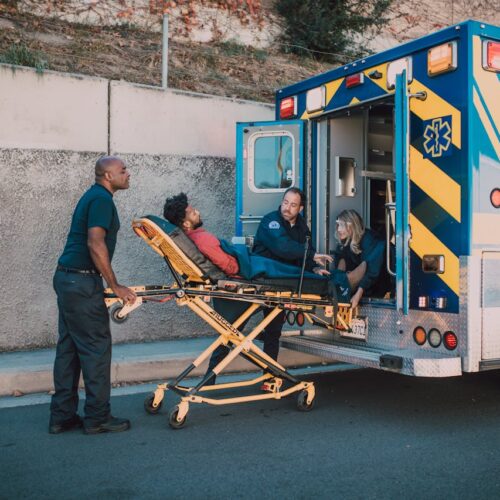 Apply Now: Join a Learning Community Focused on Substance Use and Overdose Community Response Programs
Read More
Apply Now: Join a Learning Community Focused on Substance Use and Overdose Community Response Programs
Read More
